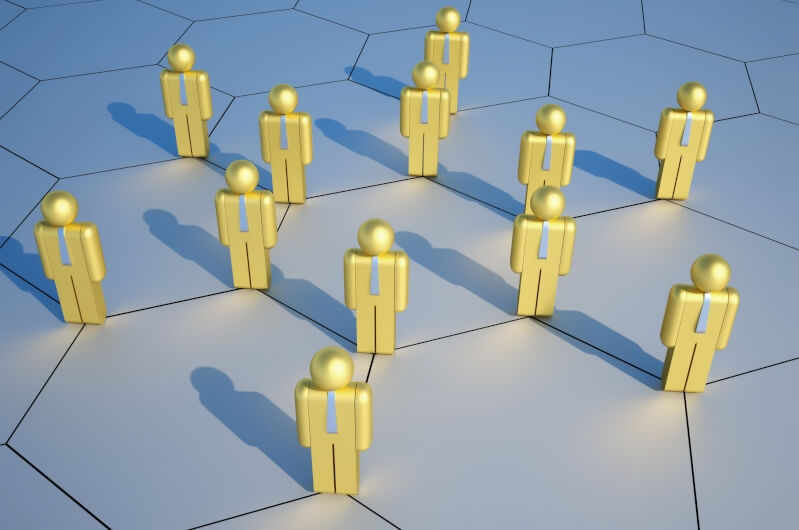The need for SMBs to break bad cyber security habits has never been...
While cyber security has been an imperative in the corporate world for some time, it’s also become increasingly...
READ MORE
Communication disconnect

It is both a symptom, and a cause for concern for many in business. Moreover, it is both a verb and a pro-noun, which can be applied to many businesses.
In short, customers, clients, suppliers, associates - and yes, even staff, - are becoming increasingly disconnected and detached, physically and mentally, as a consequence of over-communication, which is a characteristic of on-line transmissions.
For many, the “hot button” has been replaced …. with the “Delete” button. Emails, blogs, text messages and messages are eliciting responses. Typically, and disturbingly, they are not those intended by the communicator.
Too much of a good thing
Most people in commerce, the public sector and not-for-profit entities despair at the plethora of emails which await them each morning. The mobility of iPads and Smartphones has simply compounded the issue.
Those appealing aspects of accessibility, immediacy, transparency and accountability are countered by stress, a sense of intrusiveness and the widespread evidence of lethargy, disinterest and clinical depression.
The effectiveness of advertising, public relations, promotion and merchandising is being compromised. So too are initiatives intended to enhance branding of companies, products, services, communities and precincts.
All of these arise and confront business owners, leaders and networks at a time of increased and rapidly increasing sophistication.
Turned off
In general terms, people across a broad spectrum of demographic and psychographic profiles have, or are, turning off.
Look no further than Twitter, the company, the channel and application. Its share price is experiencing a downward spiral as former younger disciples (or users) are cancelling their connection. They are responding to an awakening realisation of just how intrusive on-line and digital communication has become.
Some analysts and commentators question the future viability of Twitter and similar entities.
The challenge is to turn people on by having them reach out, connect and become engaged with a company, product, service or team member of interesting and interested people.
Brevity and space will become greater virtues than they currently are. People are, and will increasingly be, attracted to embracing experiences which promote offers, and respect an environment, in which individualism and individual presence are valued.
In similar vein to property, many people are seeking a “sea-change” or a “tree-change”. They are not choosing to opt out, but rather, to reconnect – on their own terms. They remain alive, alert, active and technologically wired.
Passive and selective
The significant evolving structural changes in commerce and consumerism are often misunderstood.
Overt and active loyalty and advocacy are waning.
The passive phases of the buying cycle are being extended and are now more pronounced.
Physical “window shopping” has largely been replaced by on-line visits. Consumer traffic counts at shopping centres, in retail precincts and premises, at motor vehicle dealerships and swimming pool display centres are down, and those visits that do occur are a lot briefer than before.
No amount of intrusive, supposedly personalised, mass-customised communication will redress that established trend-line.
The promise and actions of “understatement” have widespread appeal and attraction. Evoking greater measures of emotion will result in enhanced images, sales and satisfaction.
High-pressure is best left to Emergency Services water hoses, in their role and endeavours to put out bush-fires.
A low-pressure presence will stoke the embers of interest and patronage.
The focus
The race to remain competitive and to secure advantage by embracing digital, on-line and social media can readily overlook the importance of the content and the context.
During the 1960s IBM conducted a marketing campaign with the theme:
“Yes, you can”
Today the rider is:
“Now, choose the best way to reconnect”